Pakistani, white, Sindhi, Canadian, black: What do you identify as?
'It's funny when people in London speak about me in Urdu or Hindi without realising I understand the language'

With record levels of immigration, globalisation and forced displacements, biracial groups are to become a norm. PHOTO: KENDA AL YAKOB
Ironically, over the years, phenomena such as racial profiling have become even more widespread. Is this owed to the ever-changing global order, an increasingly narrow and stringent concept of national security, or is it simply age-old racism disguising itself in new clothes?
In order to protect the purity of races historically, many parts of the world had anti-miscegenation laws in place. The US is one good example where anti-miscegenation laws came under considerable heat for making interracial unions illegal. The ‘one-drop rule’ also persisted in the country for a long time whereby anyone with a single Black ancestor would be considered Black.
Pakistani-origin doctor racially abused 48 hours after saving Manchester victims
A research study conducted by Harris and Sim called Who Is Multiracial? Assessing the Complexity of Lived Race in 2002 analysed a data set of American adolescents and found a difference between Asian-American mixed (with one parent White and one Asian) and Black-American mixed (with one parent White and one Black). A larger majority of mixed-Black people identified predominantly as Black since most of the times they had been pigeonholed to do so all their life.
Canada has also struggled to accommodate mixed race people historically. Studies conducted on the issue have shown that in popular imagination, the non-white people are considered to be the ‘multicultural’ element of Canada whereas the Whites are thought of as ‘organic’ Canadians.
To think of race as a solid, unchangeable and constant variable has dominated public imagination in most parts of the world. This has created problems for children of interracial unions, who find themselves in a situation where they will only be accepted if they pick a side.
Unfortunately, even when they do pick a side, oftentimes they still lose the battle. This happens due to a larger understanding that links race with the post-colonial nation state.
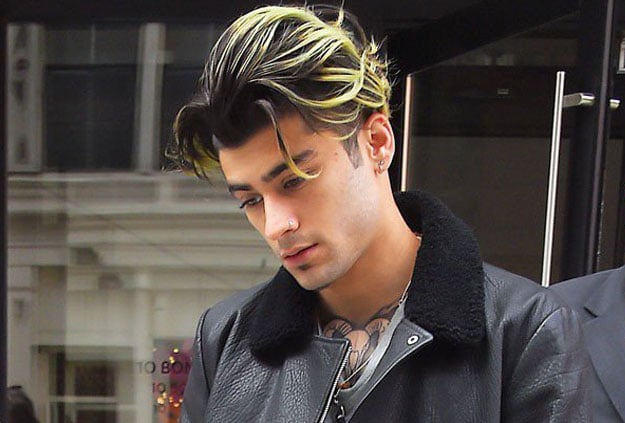 British Singer Zayn Malik has an English mother and a British-Pakistani father PHOTO: REUTERS
British Singer Zayn Malik has an English mother and a British-Pakistani father PHOTO: REUTERSLooking a certain way is only the beginning of the journey for such individuals. Jazzmine Raine, Executive Director at Studio 89, a fair trade café in Mississauga, Canada says that she has gotten the ‘Where are you from’ question all her life.
“Every single time I meet someone. Either they are super curious, hitting on me, or they have already guessed in their head and can’t wait to find out if they are right,” she says.
Raine identifies as a mixed race Canadian. But that is easier said than done, primarily because in many parts of the world, Canada brings to mind ‘whiteness’ and this is where her struggle begins.
Her mother is a third generation Canadian, with a bloodline including Irish, English, Scottish and Spanish whereas her father is a second generation Canadian with an Antiguan father and St Lucian mother but both of them were born and raised in Montreal, Canada. After her parents split, she spent most of her childhood with her mother moving around in the suburbs of Toronto.
Because of her mother’s employment as a travel agent, she was lucky enough to travel extensively even as a child.
Today, as an adult, her own work with the non-profit sector takes her places. Between 2015 and 2016 Raine was living in India working for a grassroots development organisation out of Dharamsala, Himachal Pradesh, but was stationed in Gajner, a small village outside of Bikaner, Rajasthan.
“In India, people actually thought I was Indian, so when I responded in broken Hindi, they just thought I was stupid. When I get to the part of every conversation where I know ‘Canadian’ is not a good enough answer for them, I know the series of stupid questions will follow” she says.
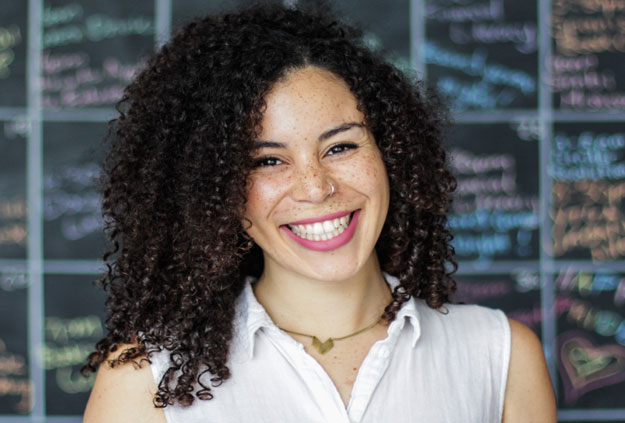 Jazzmine Raine mother is a third generation Canadian, with Irish, English, Scottish and Spanish bloodlines whereas her father is a second generation Canadian with an Antiguan father and St Lucian mother. PHOTO: KENDA AL YAKOB
Jazzmine Raine mother is a third generation Canadian, with Irish, English, Scottish and Spanish bloodlines whereas her father is a second generation Canadian with an Antiguan father and St Lucian mother. PHOTO: KENDA AL YAKOBGigi being racist goes against my very existence: Zayn Malik
Sarah Michelle Qureshi, 19, an undergraduate student at the University of British Columbia in Canada also identifies as mixed race.
Her father was born in Islamabad and her mother was born in Mexico. They met in Los Angeles in the US where her father moved to when he was only 18-years-old. Qureshi was born in LA, but grew up in Vancouver, Canada.
When asked the same question about belonging she responds by telling people where her parents are from because she knows what they are really trying to ask.
On other occasions they simply assume.
“I get people talking to me in different languages; the most common one would be Farsi because I have lived in North Vancouver (an area with a sizeable population of people of Persian heritage). A few days ago a lady asked me to take a picture of her and then she started talking to me in Farsi and I said I’m sorry I don’t know what you’re saying,” she explains.
Gigi being racist goes against my very existence: Zayn Malik
An issue that dominates the mixed race experience is that of recognition. This happens when self-identification for many individuals differs from identities assigned to them externally. This can be an emotionally and psychologically taxing process for many.
However, questions about race and origin do not bother Qureshi much. She is proud of her background and who she is. But she feels that it can be exhausting sometimes to constantly fight preconceived notions that people hold in their minds.
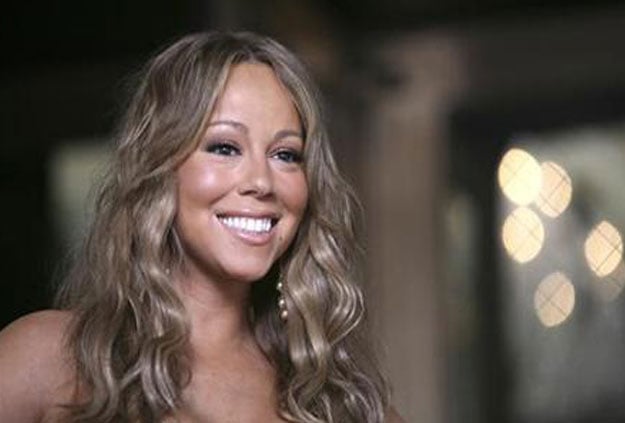 Grammy-winning pop star Mariah Carey has an African-American father and Irish mother. PHOTO: REUTERS
Grammy-winning pop star Mariah Carey has an African-American father and Irish mother. PHOTO: REUTERSOthers such as Sara Ayub, who currently resides in the UK, have had comical experiences too with regards looking a certain way.
“What I find funny is when people of South Asian origin in London speak Urdu or Hindi, sometimes even about me, without realising I understand what they're saying, because they assume me to be White British,” she says.
Ayub is the child of a Welsh mother and a Pakhtun Pakistani father. This means she almost always passes of as White. Born in the UK and raised in Islamabad, over the course of her life Ayub has lived in multiple places including the US and Abu Dhabi before heading back to the UK in 2016.
She identifies as British-Pakistani but, for her, ethnic allegiance has also affected her experiences.
“I do identify as being Welsh in addition to being British and Pakhtun, in addition to being Pakistani,” she says.
She feels that, over the years, she has become comfortable in her identity and depending on the context she can handle people’s questions about her origins.
Indian woman 'forced to marry Pakistani man' repatriated
“It depends what mood I'm in but mostly I make people guess where they think I am from. People are always surprised to learn that I am half Pakistani as I don't necessarily look like what they perceive a Pakistani person might look like,” she says.
According to most mixed race individuals, both parental influence and societal environment make an impact on identity formation. Many a times, one parent’s influence dominates.
“I would say that historically mothers have been the primary caregivers when raising children. In the West that is changing, but in Pakistan it's safe to say that it is still largely the norm. But it being a patriarchal society the fact that the mother is the primary caregiver doesn't necessarily mean that they have a greater influence on the child's upbringing. Speaking for myself, however, I will say that despite living in Pakistan, I was always very clear and proud of my Welsh heritage and yes that's largely down to my mother's role in my upbringing,” says Ayub.
Indian woman 'forced to marry Pakistani man' repatriated
But for Qureshi, despite living her whole life outside of Pakistan, she feels more in touch with her Pakistani side.
Her mother passed away earlier in her life and so her paternal aunts, who are based in Toronto, have helped her learn more about her Pakistani heritage.
Nevertheless, sometimes she feels like a misfit in both Pakistan and Canada.
“I was recently in Pakistan for my cousin’s wedding earlier this year and I am the only one out of my cousins who is a mixed child. It’s almost like sometimes you don’t really fit in. Even with my family, I feel like the odd one out. In Canada, people don’t think I’m white so they ask me where I am from. So sometimes you can connect with a lot of different people but you can also feel very different,” she says.
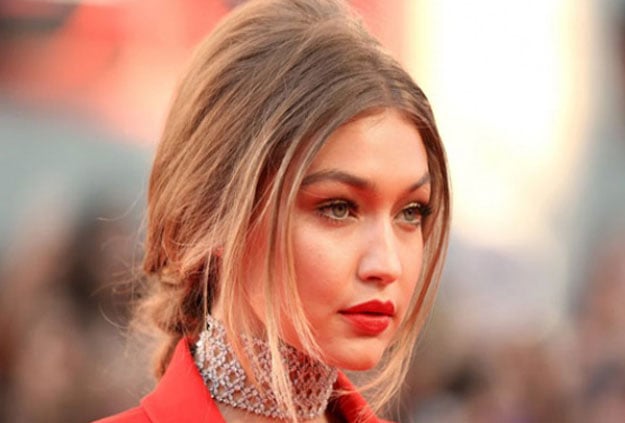 Supermodel Gigi Hadid has a Dutch born American mother and a Palestinian-American father. PHOTO: REUTERS
Supermodel Gigi Hadid has a Dutch born American mother and a Palestinian-American father. PHOTO: REUTERSRaine feels that growing up mixed race is a double-edged sword and one’s name also has a part to play in it.
“I have a tinge of anxiety when it comes to job interviews, as my first name is very ethnic but my last name is English. I would just hate to think the recruiter would have picked me because of my name, but racism is still very prevalent in the workforce and I have experienced it countless times. As well as sexism, but that’s a whole other story,” she explains when referring to her life in Canada.
Socioeconomic class as a variable cannot be ignored in a conversation on race, globally. Raine feels that in addition to the way one looks, people’s perception also rests on names.
Pakistani-American couple kicked off US flight 'for sweating, saying Allah'
“Being named Jazzmine has allowed me to swiftly float through life, making people question what my identity is. If I was named Akila Briana, I would have been that girl with the ‘ghetto’ name and the white mother. I would have probably been invited to sit with the black kids at lunch, and I probably would have not have been granted certain opportunities because of my name. I say this because I have cousins with stereotypical African American names who have been given just as much as me, but the way their name rang in the ears of their colleagues, friends and teachers played a big part in what path they chose to run down,” she says.
The external gaze has a huge impact on the sociological and psychological experiences of mixed race people. A psychological research study by Chen and Hamilton, in 2012, called Natural ambiguities: Racial categorisation of multiracial individuals, conducted six experiments using computer-generated and real faces of Black, White, Asian, Black/White mixed and Asian/White mixed individuals. The results showed that participants categorised Black and White faces correctly almost 90% of the time, whereas, mixed races faces were recognised correctly only 58% of the time.
16-year-old British Pakistani rejects £5 million offer for his website
However, unlike popular perception, children of mixed race unions are not inevitably ‘confused’ or doomed to hate the identity question. Each of them has a different journey along the way and identifies in their own unique way. The most obvious benefit is that of speaking multiple languages. Qureshi speaks English but understands most of Urdu and Spanish. Ayub can speak English, Urdu, Pashto and Welsh. Raine, meanwhile speaks English, French and some minimal Hindi.
As communication revolutionises the world further, mixed race people are likely to increase tremendously. However, social perception and state recognition has been slower. The official recognition of mixed race people as a category only began in 2001 in the UK when the census included 1.27% of the population who identified as mixed race. Similarly, statistics from the US show that in the 1980s, one in 200 births was mixed. By the year 2000, one in 70 was mixed.
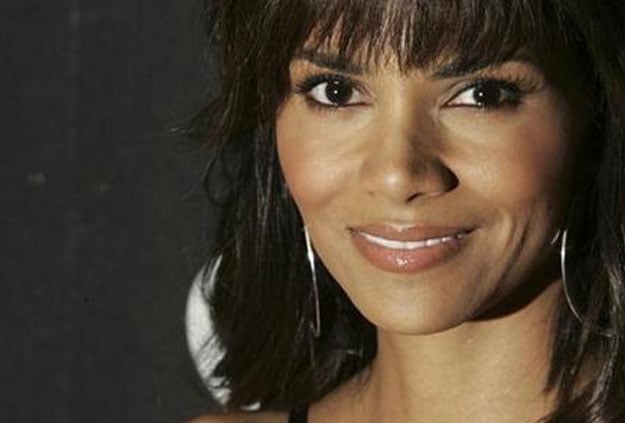 Actor Halle Barry’s father is an African-American and her mother is white. PHOTO: REUTERS
Actor Halle Barry’s father is an African-American and her mother is white. PHOTO: REUTERSIn US, Asian immigrants better off than whites: Study
In most parts of the Global North, it is speculated to be the fastest growing group. Nonetheless, scholars such as Minelle Mahtani, warn against the romanticisation of mixed race people as the dawn of a new world since the racialization of bodies continues to persist and affect their experiences even in the Global North, and in a world where even the label ‘mixed’ inevitably evokes the idea of partial ‘Whiteness’ in popular imagination.
Shanel Khaliq is a freelance journalist and a teacher who is interested in issues related to gender, race and social justice. She tweets @Shanel9999





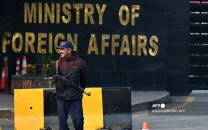













COMMENTS
Comments are moderated and generally will be posted if they are on-topic and not abusive.
For more information, please see our Comments FAQ